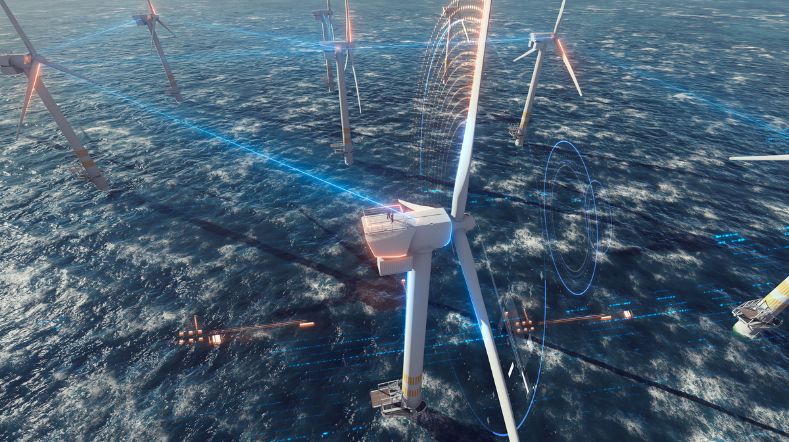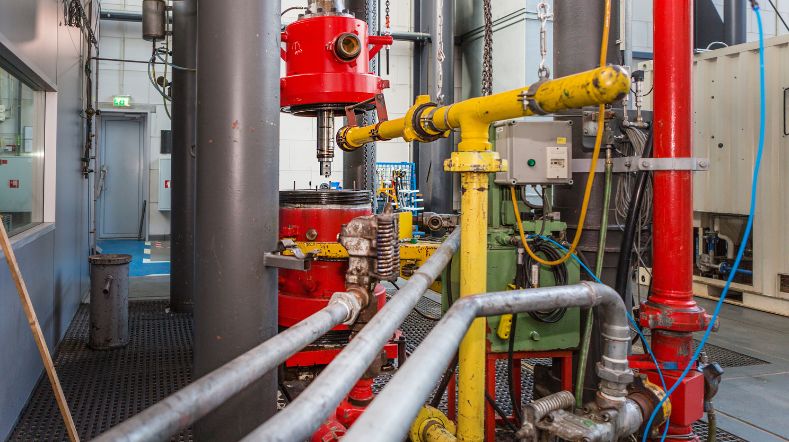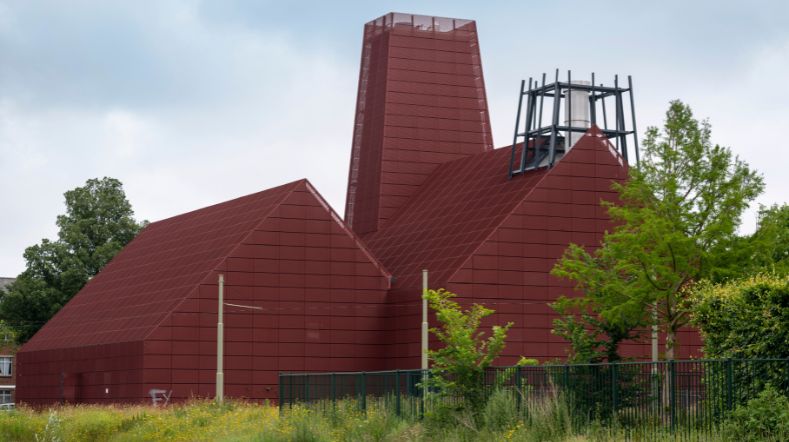
Grid congestion and solutions for the electricity network
The energy transition is in full swing and is amplified by geopolitical and other external factors, increasing the pressure on the electricity grid. The current network is not only heavily loaded but must also be designed to respond flexibly to changing conditions such as resource scarcity, spatial limitations and international developments.
The growth of electric transport, heat pumps, solar panels and other applications creates peak moments when capacity temporarily falls short. This leads to grid congestion—comparable to a traffic jam on the electricity grid—where simultaneous demand or feed-in cannot be fully processed.
When capacity is insufficient, waiting lists for new connections or upgrades can arise. Both large consumers and households or small businesses may face restrictions in accessing electricity, but they can also contribute to the solution by applying flexibility and smart technologies such as demand-side management and energy storage.
Grid operators connect requests in sequence, taking into account prioritisation frameworks set by the ACM (Authority for Consumers and Markets).
Grid congestion means the electricity grid is temporarily unable to handle all simultaneous demand or feed-in of power.
Grid congestion hampers economic growth, delays renewable energy projects and slows down electrification. Currently, more than 14,000 businesses are on a waiting list for additional power (source: ACM). This clearly shows the urgency for smart solutions.
Grid operators, industry, businesses, governments and consumers.
Current situation
- Grid congestion can occur before 2030 during peak hours.
- Smart devices and flexibility solutions are not yet fully utilised.
- National action plans, investment routes and updated processes for grid reinforcement and flexibility are being prepared.
- The cost of grid reinforcement is estimated at €190 billion by 2040, underlining the need for innovative solutions.
Solutions and future outlook
Solutions to grid congestion include both technical and organisational measures. The electricity grid can be reinforced through expansion and optimisation of infrastructure.
In addition, existing capacity can be used more intelligently through flexible demand management and integration of solar panels, heat pumps and charging points. Behavioural change and user convenience play a crucial role. T
he average Dutch citizen just wants to charge their car, and the baker wants to bake bread – without worrying about energy. That’s why TNO develops solutions that work automatically, such as smart charging systems and Home Energy Management Systems (HEMS).
Regulatory and market adjustments are also essential to enable collaboration between grid operators, end-users, energy communities and government.
TNO emphasises that combining technical, systemic and behavioural measures is essential for a robust electricity grid that supports the energy transition and strengthens the resilience and earning power of the Netherlands.
TNO innovations & collaborations
TNO conducts integrated research on the energy system, covering generation, transport, storage and consumption. The organisation works on smart grid utilisation, for example through flexibility solutions such as Home Energy Management Systems (HEMS), smart charging infrastructure and neighbourhood-level applications.
TNO also supports policy and regulation, advising on connections, transport agreements, system costs and market design. We test innovative concepts in pilots, such as Vehicle-to-Grid in Utrecht (We Drive Solar), where electric cars not only run on locally generated solar power but also feed electricity back into the grid. This reduces peak loads and can significantly lower the cost of grid reinforcement.
Collaboration with grid operators, governments, industry and end-users ensures that innovative solutions can be tested and scaled up.
Get inspired
The energy system of the future


Smart networks for a future-proof energy system


Queue on the power grid could slow down the mobility transition


Heat


Geothermal energy: sustainable heat from the subsurface



